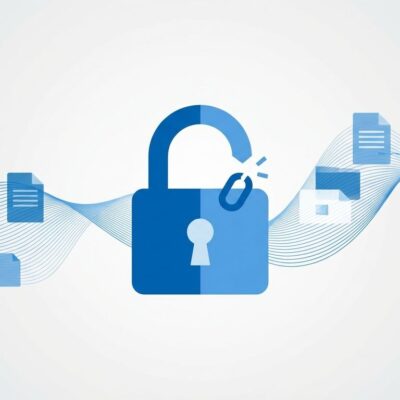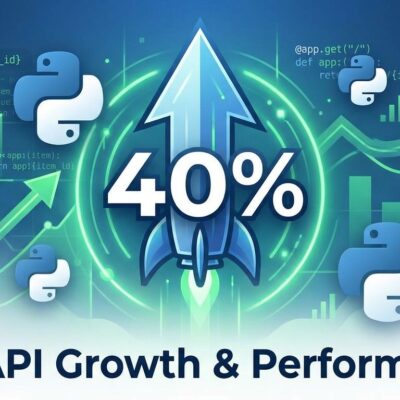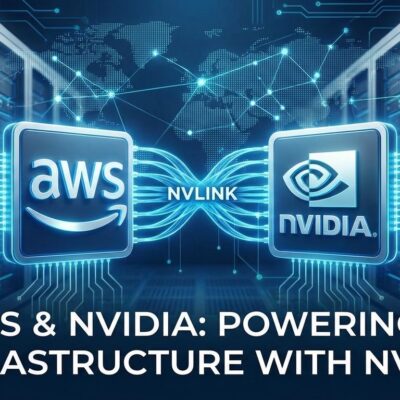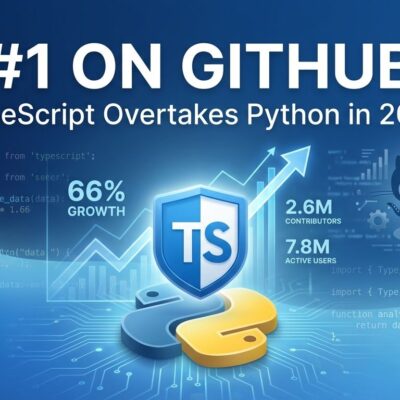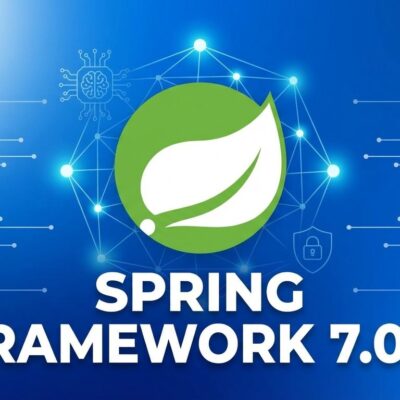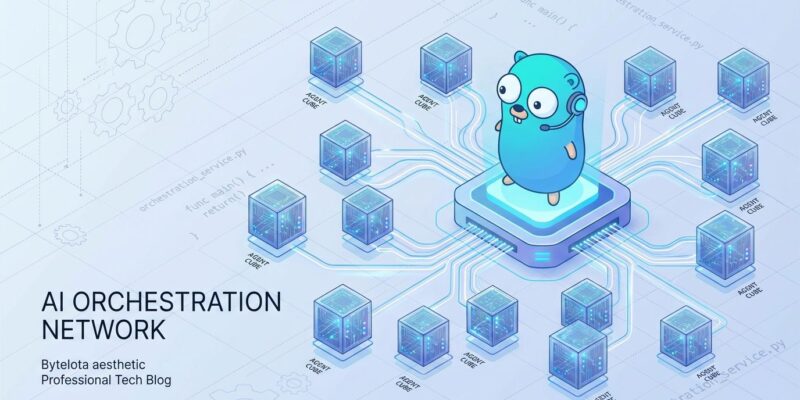
Google released the Agent Development Kit (ADK) for Go on November 7, 2025, giving infrastructure teams their first production-ready framework for building AI agents in Go. 75% of CNCF projects are written in Go—Kubernetes, Docker, Terraform, Prometheus—but AI tooling has been Python-dominated. ADK Go bridges that gap. DevOps engineers, backend developers, and platform teams can now build AI agents using the language that already powers their infrastructure.
This isn’t theoretical. With Go growing 25% year-over-year and 30+ database integrations out of the box, ADK Go solves a real problem: bringing AI capabilities to the teams who run production systems—without forcing them to context-switch to Python.
AI agent frameworks have been Python-only territory. LangChain, CrewAI, Autogen—all Python. Meanwhile, infrastructure runs on Go. The disconnect created friction: DevOps teams wanting AI capabilities had to either learn Python or hand off agent development to data science teams unfamiliar with production deployment requirements.
ADK Go eliminates that friction. Go developers get AI agents without language switching. Infrastructure teams integrate AI into existing Go services without Python dependencies. The same goroutines and channels they use for Kubernetes controllers now power multi-agent orchestration.
Performance matters here, though not for the reason you’d expect. Yes, Go runs ~60x faster than Python for CPU tasks. But LLM inference is slow regardless of language. The real win? Production systems serve thousands of users making parallel inference calls. Go’s concurrency model handles that. Python’s GIL doesn’t. As one Hacker News commenter noted: “inference time becomes irrelevant when serving multiple users with parallel inference calls.” That’s where Go’s goroutines shine.
Installation is one command:
Building your first agent follows Go idioms. Initialize a Gemini client, create an agent with instructions, establish a session, process requests. If you know Go, you already understand the pattern. No complex setup. No Python environment juggling. Just Go.
The official repository includes examples. Clone it, explore the `/examples` directory, and you’ll see agent creation that feels natural to Go developers. The framework doesn’t fight Go’s design—it leverages it.
Custom tools are just Go functions. Implement the tool interface, register with your agent, and it can now call your code. Database access? MCP Toolbox provides 30+ database integrations (PostgreSQL, MySQL, BigQuery, AlloyDB) without custom integration work. Pre-built tools cover Search and Code Execution. Third-party integrations (Tavily, Firecrawl, GitHub, Notion) plug in directly. Agents can even use other agents as tools—recursive composition for complex workflows.
Single agents solve simple problems. Production systems need coordination. ADK Go supports multi-agent architectures that Go developers will recognize immediately: it’s microservices, but for AI agents.
Think about a customer service system. A router agent classifies incoming queries. Specialized agents handle product questions, billing issues, technical support. Each agent owns its domain. The router delegates based on query type. Sound familiar? It’s the same pattern infrastructure teams use for service mesh architectures.
Google’s own products use this approach. Agentspace and the Customer Engagement Suite run on ADK’s multi-agent architecture. The Agent2Agent (A2A) protocol handles secure inter-agent communication. Hierarchical agent composition scales from simple delegation to complex coordination workflows.
Another example from Google’s documentation: a “film concept team” with three agents—researcher, screenwriter, file writer—collaborating on movie pitch brainstorming. Each agent specializes. The system coordinates their outputs. The pattern applies beyond customer service: code review pipelines (linter → security scanner → style checker), data processing workflows (extractor → transformer → validator), infrastructure automation (detector → analyzer → executor).
ADK agents deploy like any Go service. Containerize with Docker. Deploy to Cloud Run with auto-scaling. Run on GKE with Horizontal Pod Autoscaler adjusting pods based on load. Or use Vertex AI Agent Engine for fully managed deployment with zero infrastructure management.
Observability is built-in. OpenTelemetry for tracing. Cloud Logging for centralized logs. Cloud Trace for request paths across multi-agent systems. Application logs stream automatically. No additional instrumentation required.
Enterprise features ship standard. AlloyDB and BigQuery connectors for data access. Bidirectional streaming for real-time audio and video interactions. Rate limiting to control LLM costs. Content filtering for safety. These aren’t add-ons—they’re core.
Go developers already know this deployment stack. Your Kubernetes manifests work the same. Your Docker build pipelines don’t change. Your monitoring dashboards integrate without new tools. ADK agents are Go services, so they deploy like Go services.
Use ADK Go when your infrastructure is Go-first. If your team already maintains Go services for Kubernetes controllers, API gateways, or data pipelines, ADK agents integrate naturally. You’re not introducing a new runtime or deployment model.
Choose Python alternatives (LangChain, CrewAI) when you need maximum AI/ML ecosystem access or your team is Python-first. Python dominates AI tooling for good reasons—library depth, research velocity, community size. If you’re building experimental agents or need bleeding-edge model features, Python’s ecosystem wins.
Skip frameworks entirely for simple use cases. If you’re making single-shot LLM API calls without agent orchestration, raw API access is simpler. Frameworks add value when you need multi-agent coordination, persistent context, production deployment infrastructure, or tool integration patterns. For “call GPT-4 and return result,” use the API directly.
ADK Go’s sweet spot: production systems where infrastructure teams need AI capabilities without Python dependencies. DevOps automation. Platform engineering workflows. Backend services adding intelligent decision-making. Systems requiring high concurrency with multiple parallel LLM calls.
ADK Go is 20 days old. Documentation will grow. Examples will multiply. Production case studies will emerge. But the foundation is solid: an idiomatic Go framework that treats AI agent development like the software engineering problem it is. Infrastructure teams can finally build agents in their language, deploy them with their tools, and run them in their clusters.





